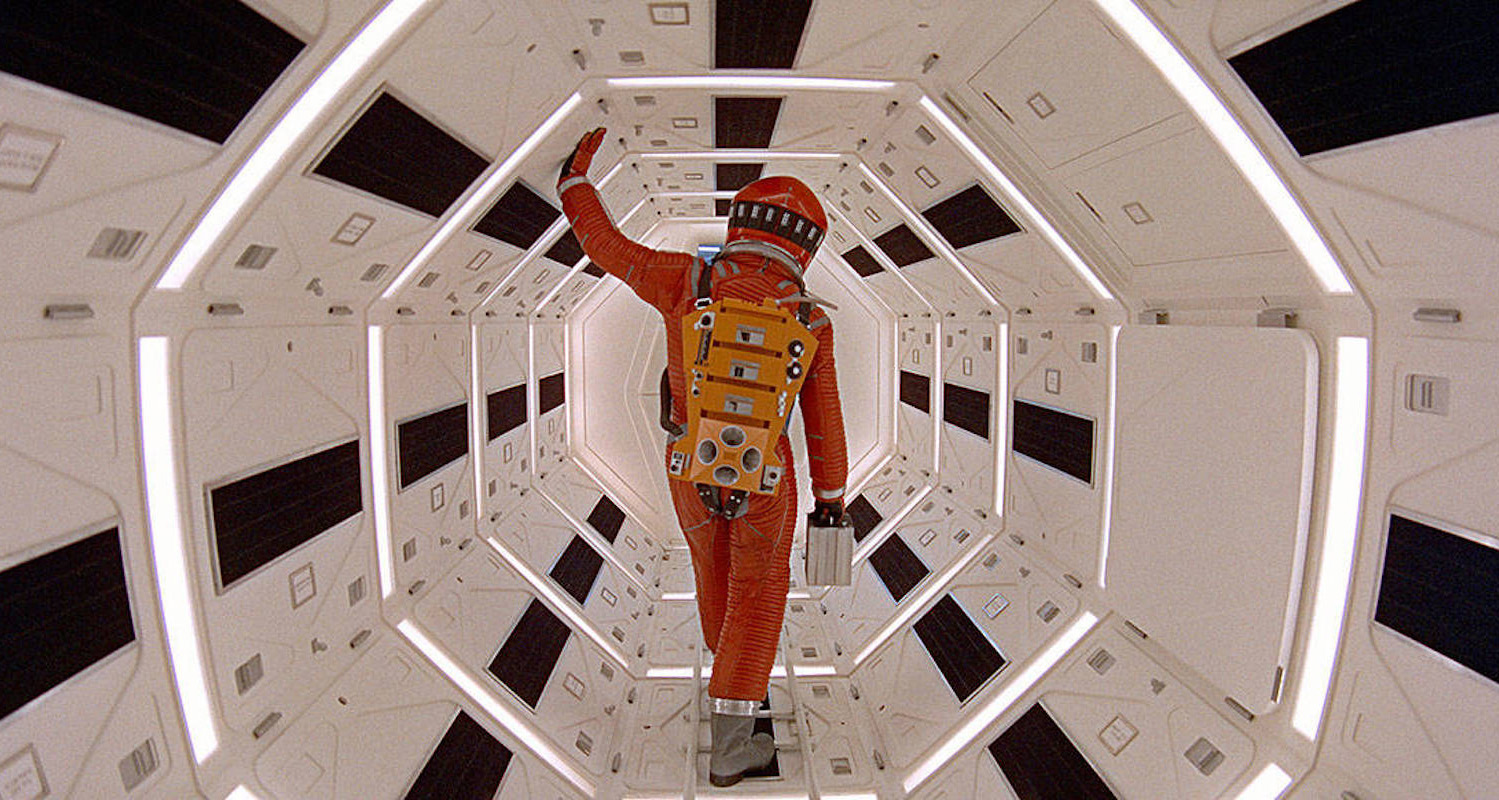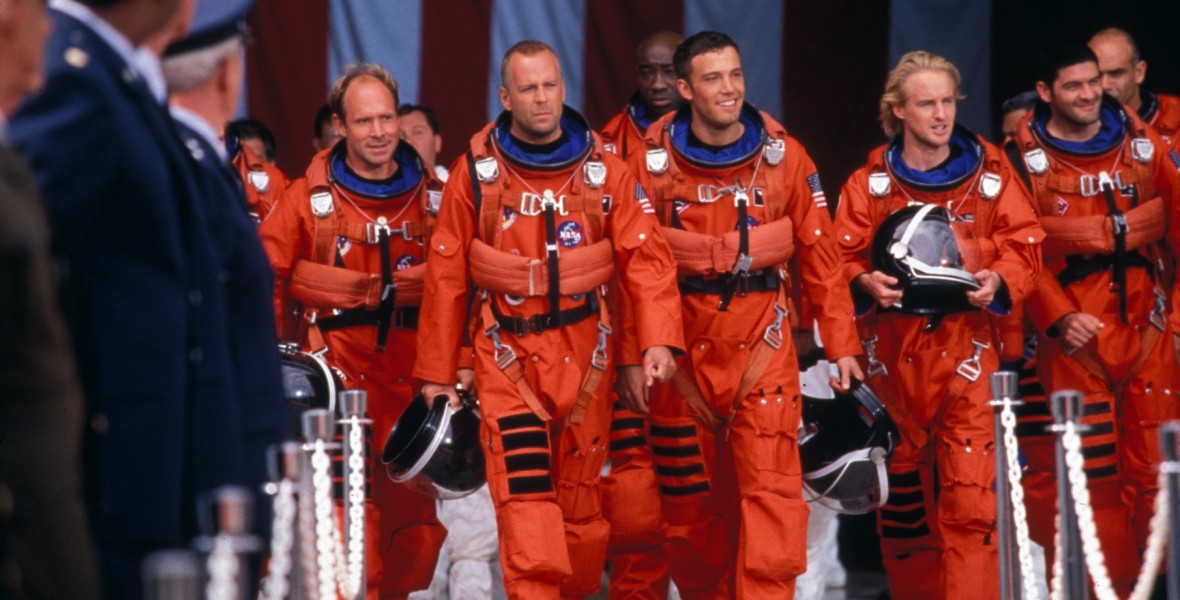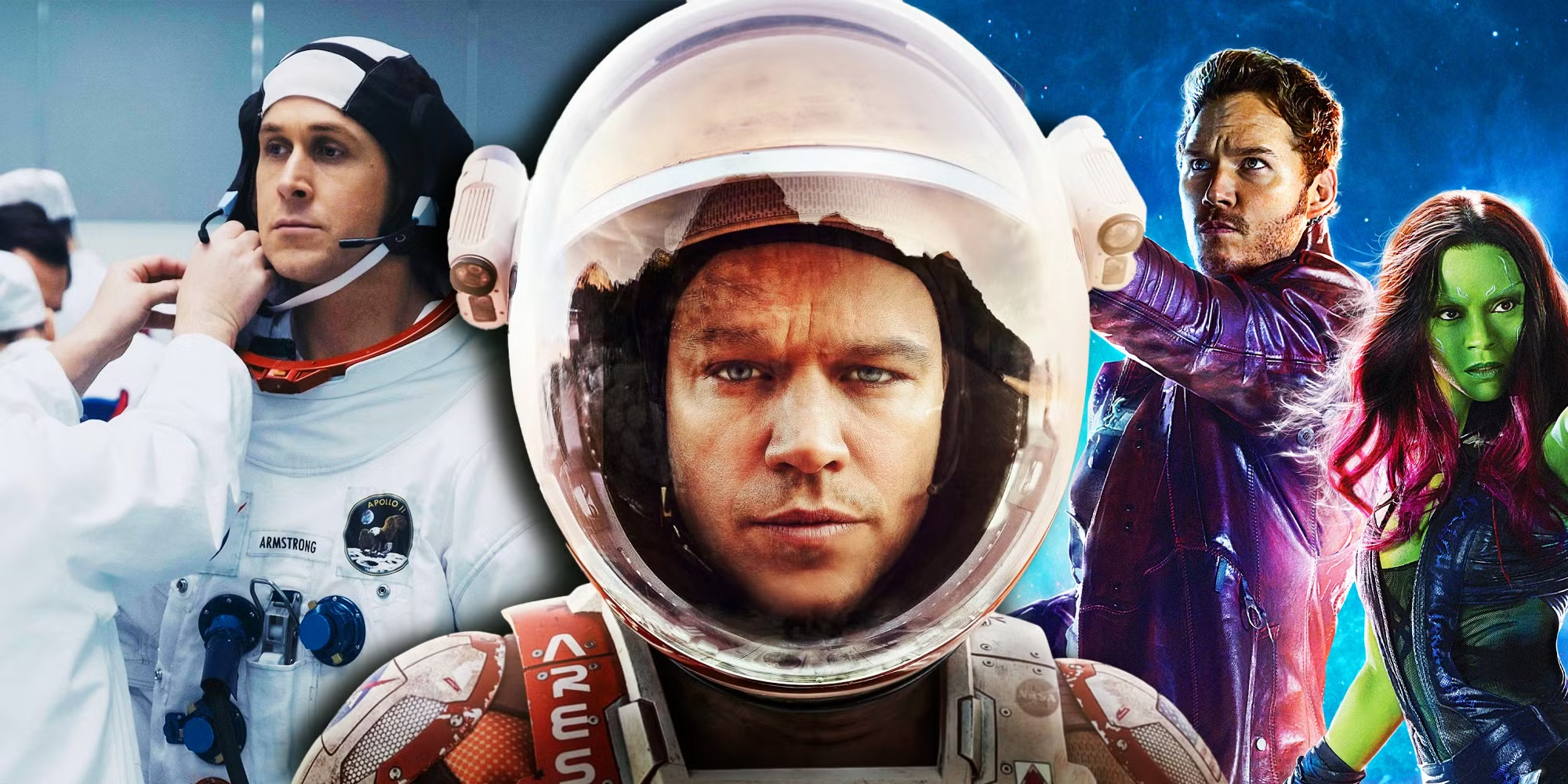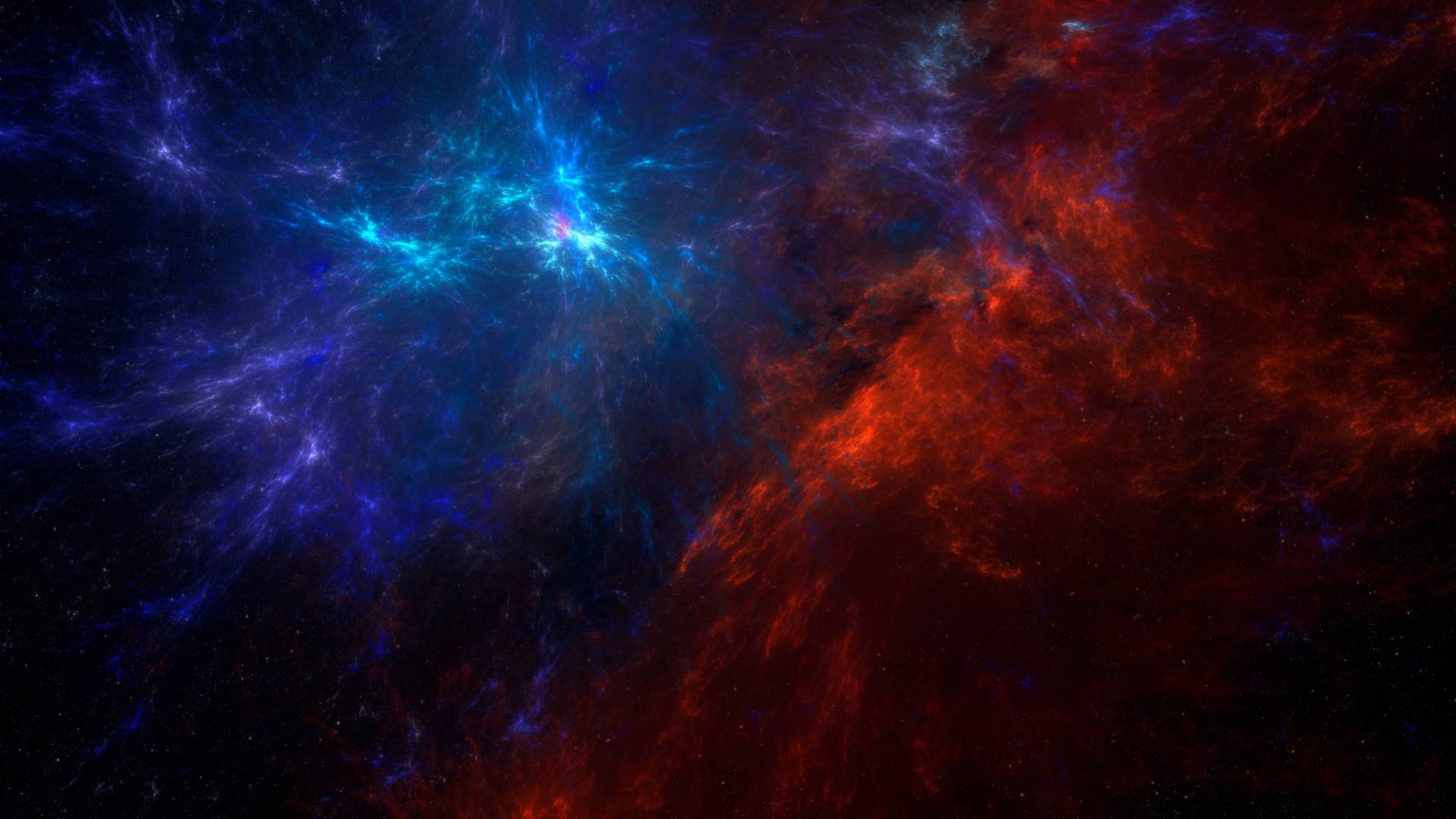Space and Sci-fi Movies , The final frontier. A place where reality meets imagination—and sometimes gets completely reimagined.
From the silent void of space in 2001: A Space Odyssey to the gravity-defying action in Star Wars, Hollywood has long been fascinated with the cosmos. But how accurate are these portrayals? Are we learning science—or just being entertained?
At Spaceyv, we’re here to explore the thrilling intersection of cinematic creativity and scientific reality, and to answer the burning question: how accurate are sci-fi movies about space?
Why Accuracy in Space Movies Matters
Sure, movies are meant to entertain. But when it comes to space exploration, misinformation can:
-
Mislead the public about science and technology
-
Shape unrealistic expectations of space travel
-
Undermine real scientific achievements
So while artistic license is important, accuracy still plays a role—especially in a world where space travel is becoming a reality, not just a fantasy.

Sci-Fi Hits: Movies That Got It Right (Mostly)
Some sci-fi films go to great lengths to ensure scientific credibility. Here are a few that deserve praise:
🎬 Interstellar (2014)
Accuracy Level: 9/10
Christopher Nolan’s Interstellar is often hailed for its scientifically grounded concepts, including:
-
Time dilation near black holes
-
Accurate depiction of wormholes
-
Realistic portrayal of space travel and relativity

Astrophysicist Kip Thorne consulted on the film, even publishing scientific papers based on its models. The rendering of the black hole “Gargantua” was so detailed, it influenced real astrophysics!
🎬 The Martian (2015)
Accuracy Level: 8.5/10
This movie showed how an astronaut (Matt Damon) might survive alone on Mars using:
-
Botany and chemistry to grow food
-
Real NASA hardware like MAVs and habitats
-
Scientific problem-solving under pressure

Although the Martian storm that sets off the plot is exaggerated (Mars’ atmosphere is too thin to cause such damage), the rest is impressively grounded.
🎬 2001: A Space Odyssey (1968)
Accuracy Level: 8/10
This classic was ahead of its time, showcasing:
-
Weightlessness in space
-
Artificial intelligence concerns (HAL 9000)
-
Space habitats and orbital stations
Kubrick and Arthur C. Clarke prioritized realism, and it shows—even decades later.

Sci-Fi Misses: Movies That Bent the Rules (a Lot)
Let’s face it: some movies favor dramatic spectacle over accuracy. Here’s where things get a little… out of orbit.
🎬 Armageddon (1998)
Accuracy Level: 3/10
Fun? Yes. Scientific? Not really.
-
Drilling into an asteroid to detonate a nuke? 🚫
-
Astronaut training in two weeks? 🚫
-
Ignoring the physics of space? ✅

NASA even uses this movie in training to spot scientific inaccuracies—there are reportedly 168 errors!
🎬 Gravity (2013)
Accuracy Level: 6/10
While the visuals are stunning and the weightlessness is well-depicted, the movie takes liberties:
-
Different space stations and satellites are hundreds of miles apart—not just a spacewalk away
-
Sandra Bullock’s character spins out of control, but real physics wouldn’t allow for that kind of re-stabilization
-
Space debris moves fast, but not quite the way it’s shown

Still, it helped raise public interest in space exploration, and that’s worth something.
Common Sci-Fi Myths About Space: Busted
❌ Sound in Space
In movies, spaceships explode with a thunderous BOOM!. In reality, space is a vacuum, so sound doesn’t travel. You wouldn’t hear a thing outside your suit.
❌ Explosions and Fireballs
Explosions need oxygen. In space, most things don’t explode in giant fireballs like in Star Wars—they might burst, vent gases, or break apart silently.
❌ Instant Communication
Talking across galaxies in real time? Not likely. Light-speed limits apply to signals, too—so if you’re on Mars, expect a delay of 4 to 24 minutes, depending on distance.
❌ Artificial Gravity by Default
Unless a spacecraft uses centrifugal force or constant acceleration, you don’t get gravity. Floating is the norm.
When Artistic License Makes Sense
Sometimes, sacrificing accuracy for story is necessary. For example:
-
Star Wars isn’t trying to be science—it’s space fantasy
-
Guardians of the Galaxy and Avengers exist in comic-book physics
-
Star Trek introduces concepts like warp drives and transporters, which, while fictional, spark real-world curiosity and research
And that’s the beauty of sci-fi—it doesn’t have to be perfect to inspire. In fact, many scientists credit sci-fi films for inspiring their careers.
Why Sci-Fi Still Inspires Science
Despite inaccuracies, space movies have an incredible power to:
-
Spark public interest in astronomy and physics
-
Influence innovation (Star Trek’s communicator inspired cell phones)
-
Drive funding and support for space programs
-
Educate in fun ways, even when bending the rules
At Spaceyv, we celebrate sci-fi for what it is: a launchpad for imagination. The more people dream about space, the more we push the boundaries of what’s possible.
The Verdict: Science Fiction Helps Us Imagine the Future
So, how accurate are sci-fi movies about space?
Well, it depends on the movie—but most fall somewhere between totally speculative and surprisingly accurate. While some prioritize story over science, others work hand-in-hand with experts to stay close to reality.
Here’s our summary scale:
| Movie | Scientific Accuracy |
|---|---|
| Interstellar | 9/10 |
| The Martian | 8.5/10 |
| 2001: A Space Odyssey | 8/10 |
| Gravity | 6/10 |
| Armageddon | 3/10 |
No matter where they land, space movies keep the conversation going. And that’s what matters.
At Spaceyv, We Bridge Fact and Wonder
Whether you’re a hardcore physicist or just someone who loves watching rocket ships zip through the stars, Spaceyv is your launchpad for exploring real space science with a sense of wonder.
Join us as we continue to explore questions like:
-
Could we ever build a real warp drive?
-
Are wormholes just Hollywood hype?
-
How close are we to making space travel affordable?
Stay curious. Stay inspired. And keep looking up.



